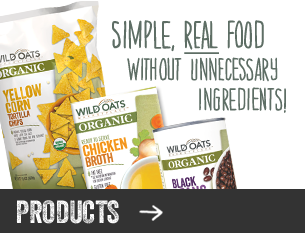Did you know you can freeze cornbread? If you bake your cornbread now and freeze it, you’ll have less to do when preparing your Thanksgiving celebration side dishes.
Whether you call it stuffing, or as we in the South call it, dressing, a cornbread-based side dish is probably going to find it’s way to your holiday table. It’s almost as traditional as the Thanksgiving turkey itself, no matter what you call it!
Your family’s favorite dressing might be a dish made with giblets and veggies or maybe laden with dried fruit and nuts. It might contain fresh herbs and venison sausage. Or it might appear table side with oysters and cajun seasonings — there are as many ways to create a stuffing as there are cooks who make it! But one thing’s for sure, first you have to bake that pan of cornbread. And if you plan to make your dressing on Thanksgiving Day, you’ll need to get up pretty early to get your cornbread made in time for your stuffing to make it to the dinner table on time
So why not make your cornbread now. I mean, really, why make yourself crazy? Any crazier, that is, than you’d normally be when 20 people show up to your house for a meal —ravenous, wearing weird sweaters that say things like gobble me up, and ready to hit the mulled wine with the gusto of pirates.
Do yourself a favor and bake your cornbread today. When cooled, wrap tightly in foil and put in a plastic freezer bag, then store in the freezer for up to 3 months. Thaw in the fridge overnight before using. No need to reheat, just proceed as usual in your favorite dressing or stuffing recipe.
If you want to be even further ahead of the game, you can also chop any veggies, nuts or dried fruit you will use for your dish and store in the freezer with your cornbread. Pre-cook any meat like bacon or sausage and store it in the freezer as well. And oh yea, if you use any other type of bread like sour dough or french bread along with your cornbread, now is also the time to cut it into cubes and store it in the freezer, too. Thaw overnight, as with your cornbread, and proceed as your recipe directs.
Doing just a bit of prep-work will make your Thanksgiving feast come together in a snap. And that will save you a lot of hassle and anxiety. Which will leave you more time to enjoy ball games and parades. And maybe the mulled wine, too.


 Contact us
Contact us





